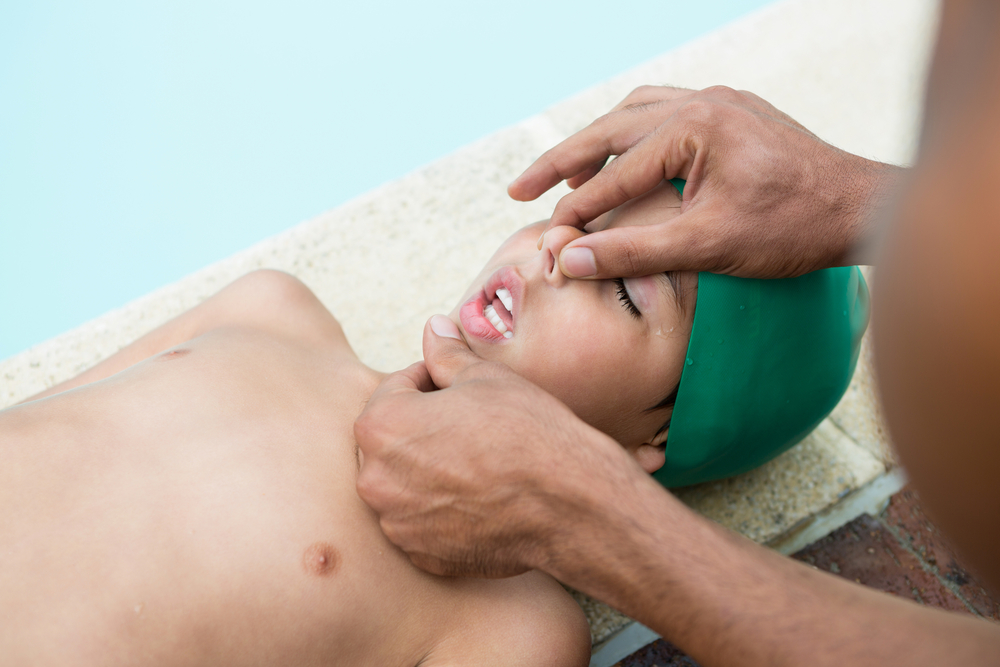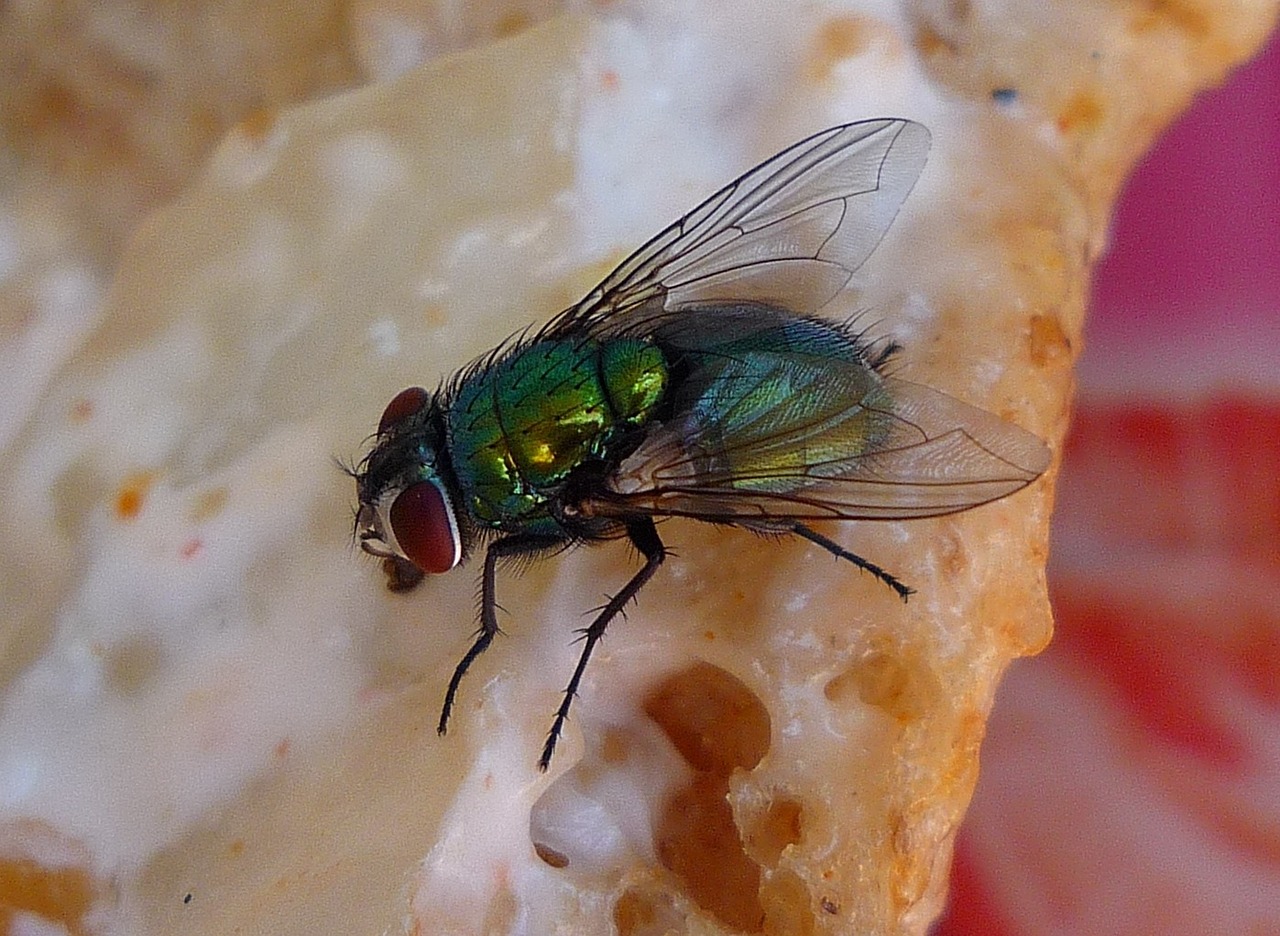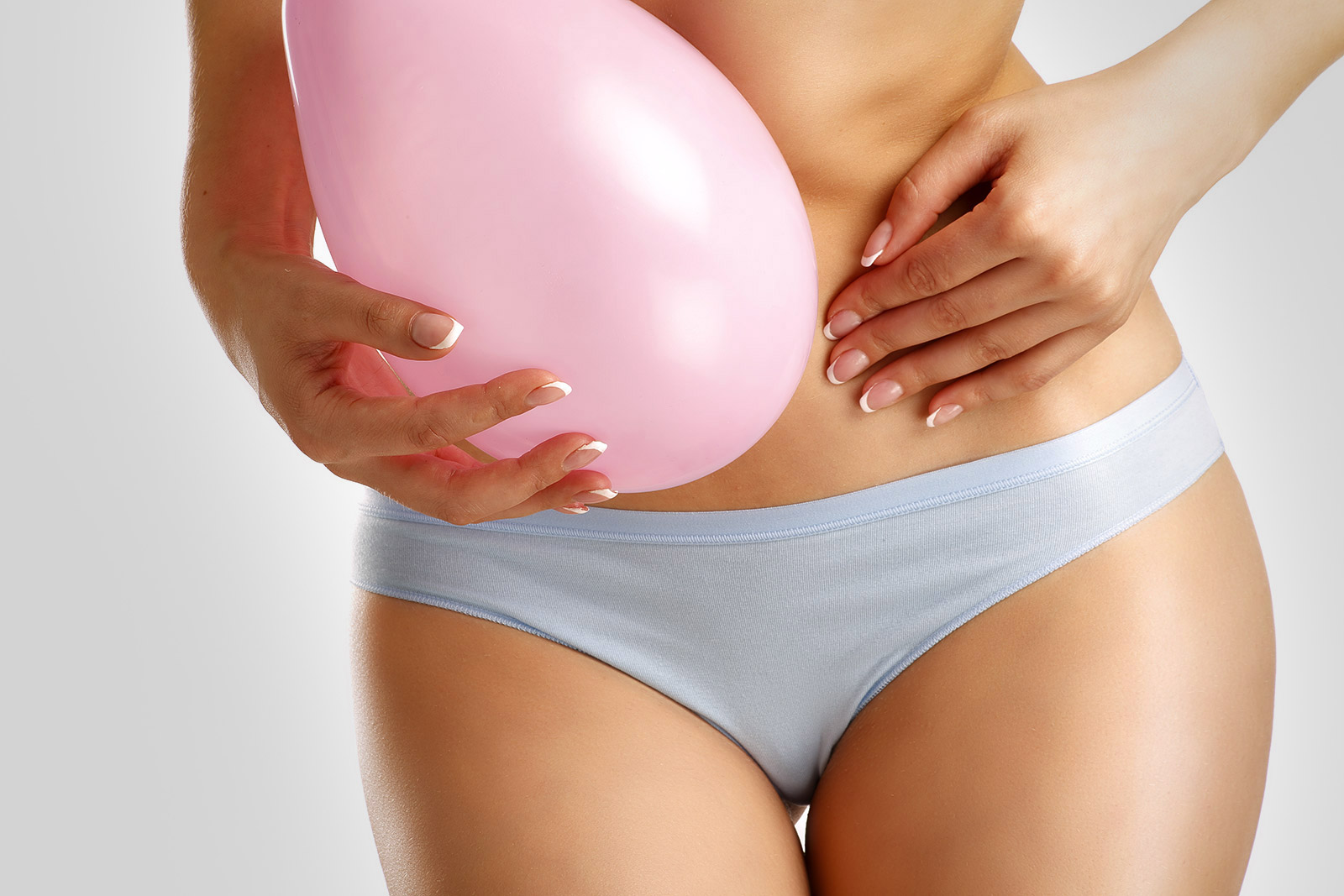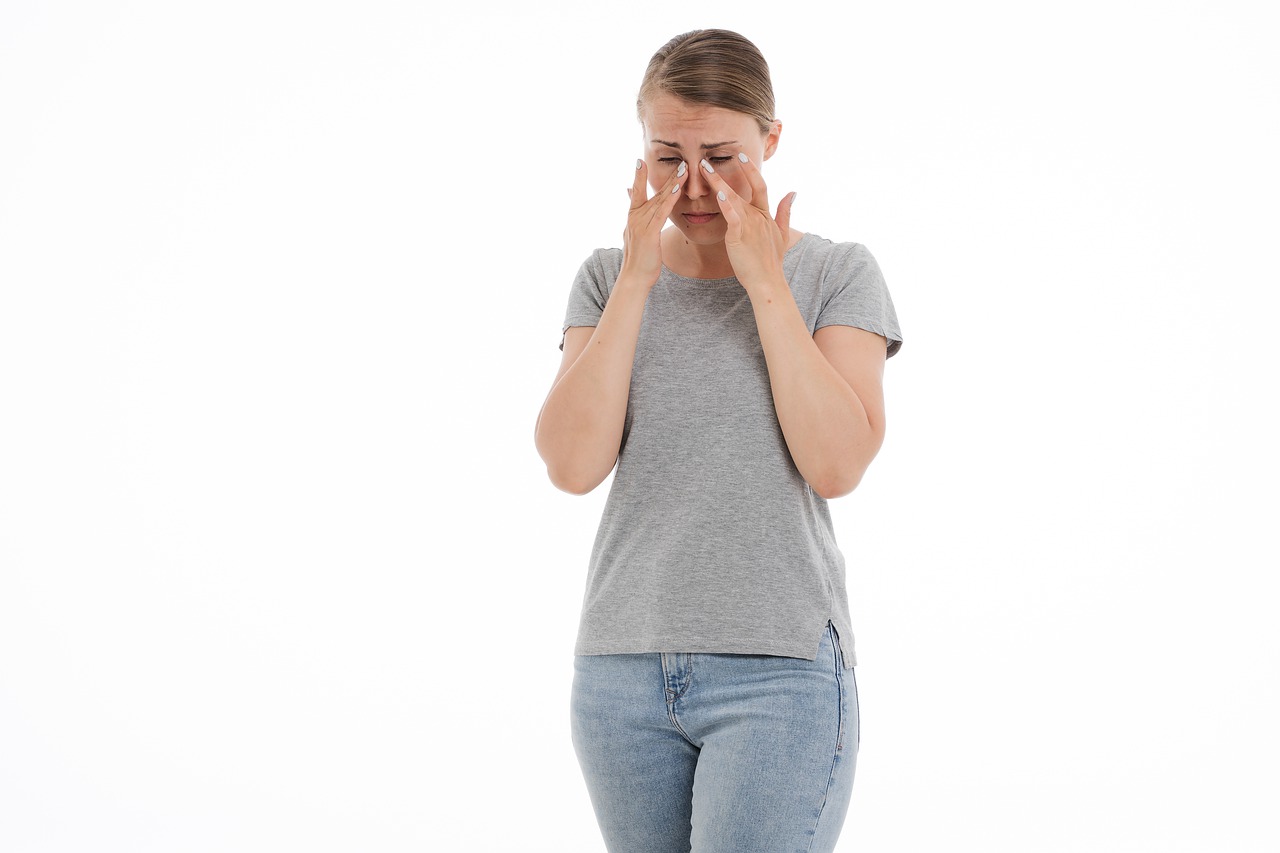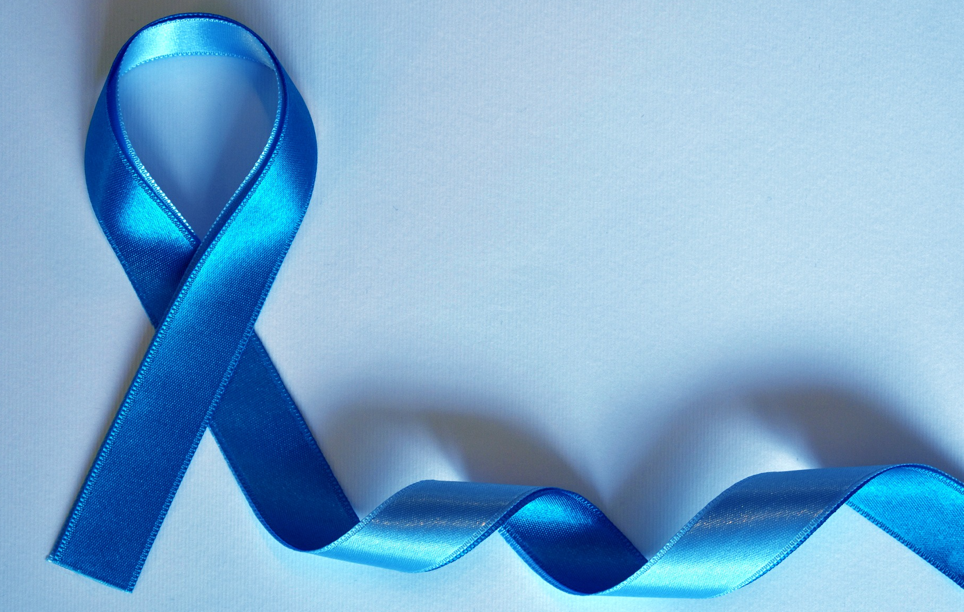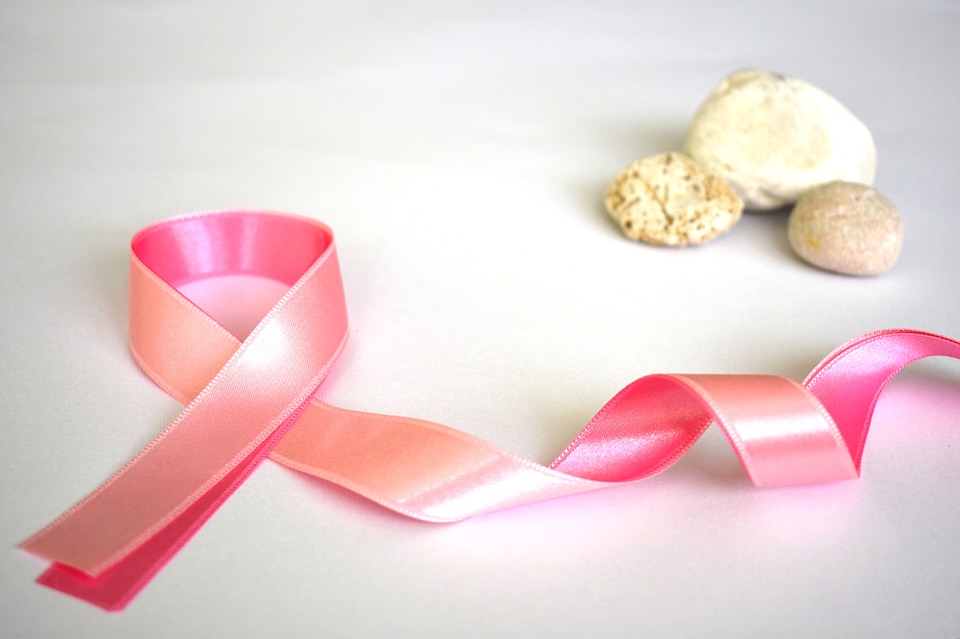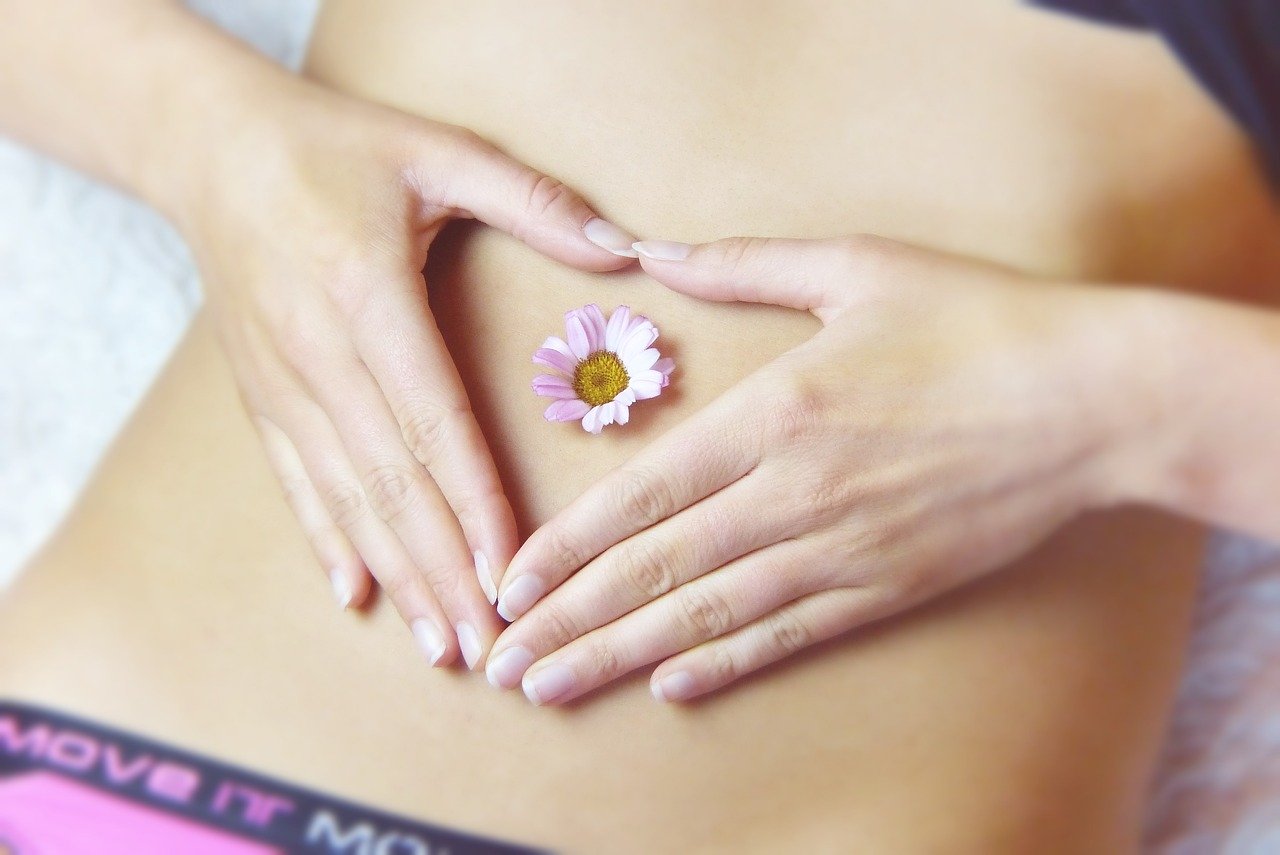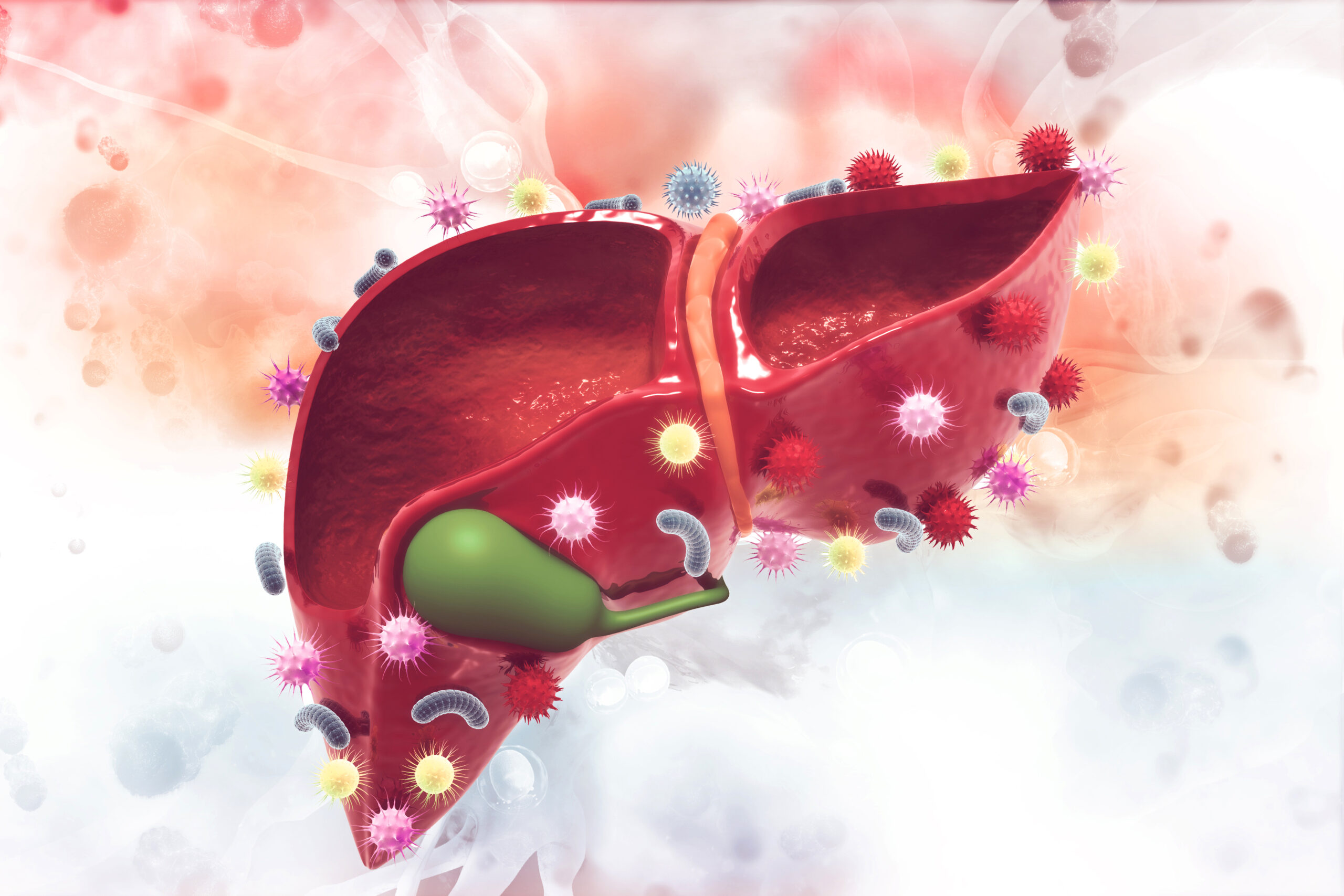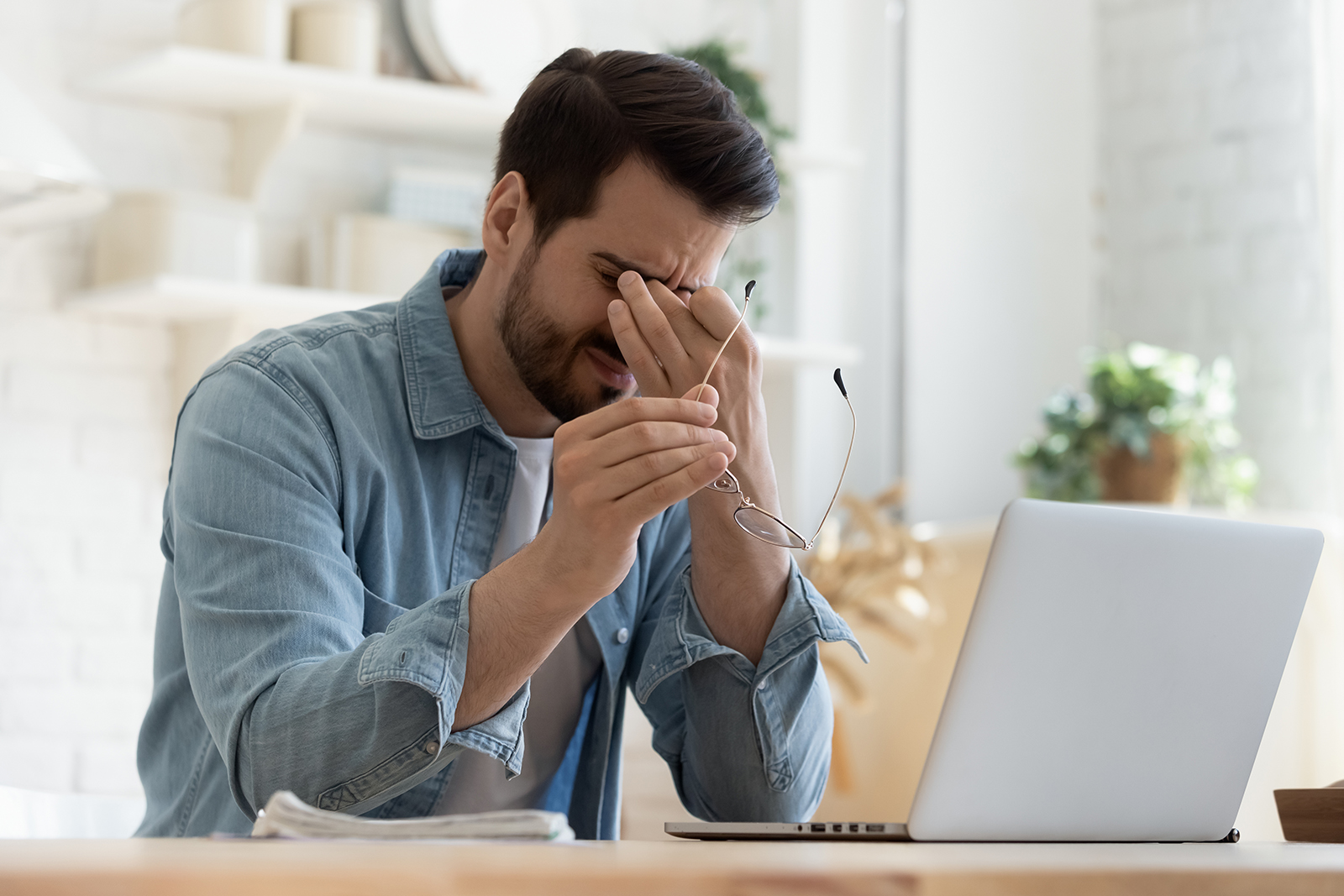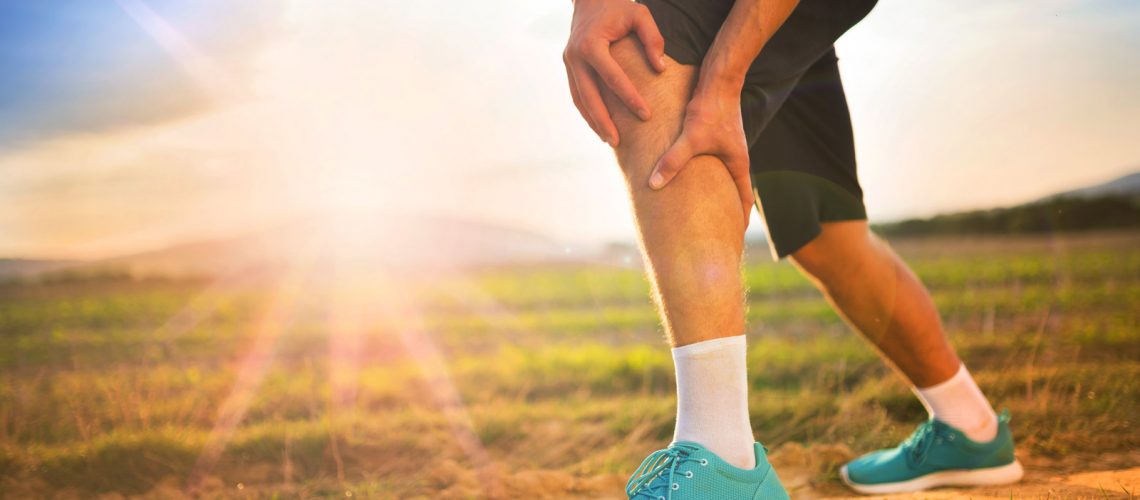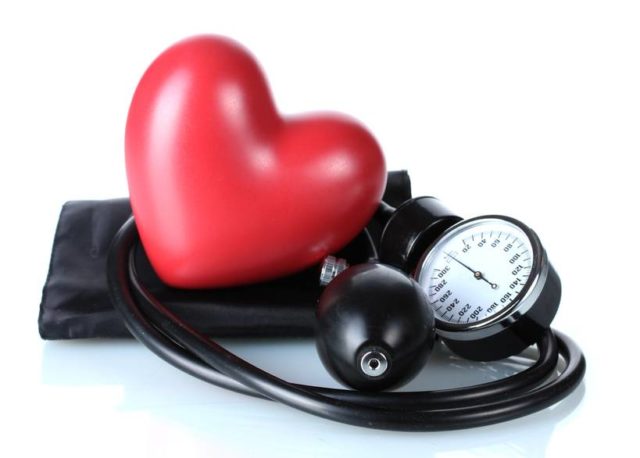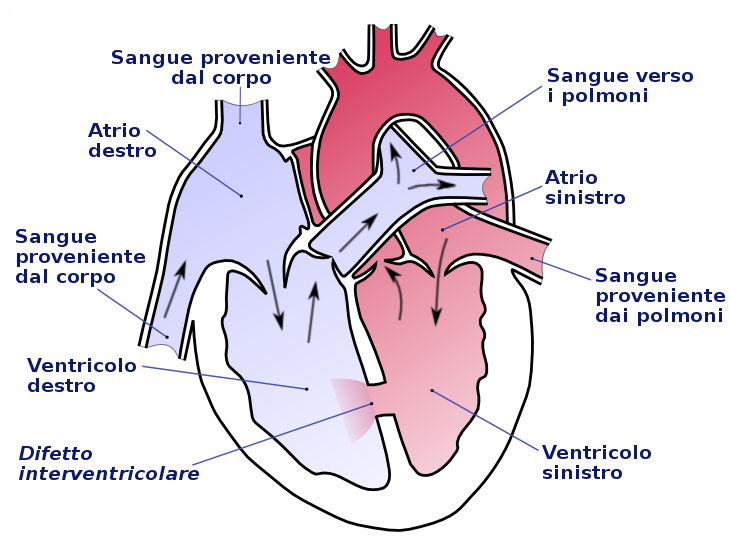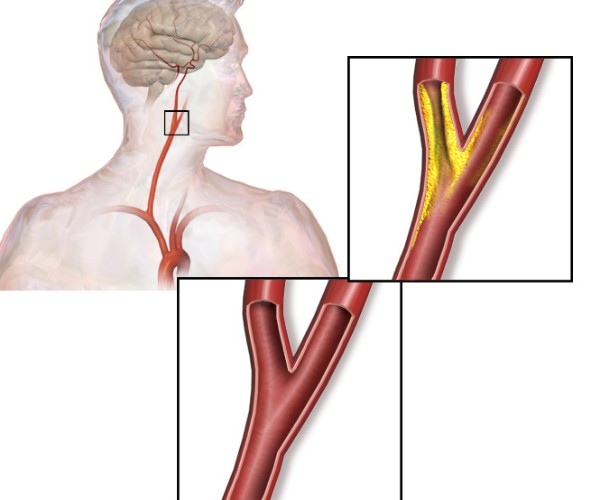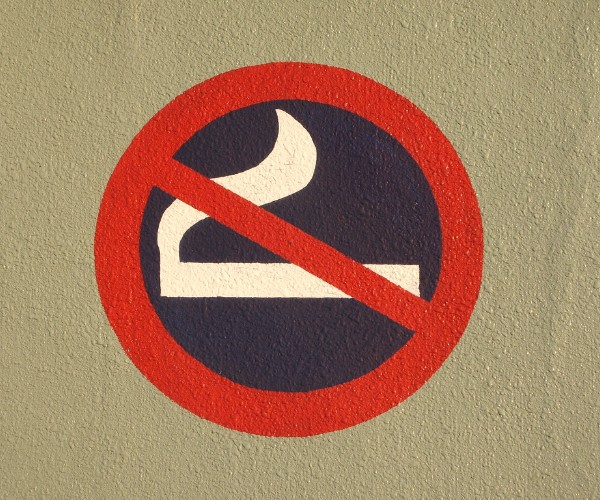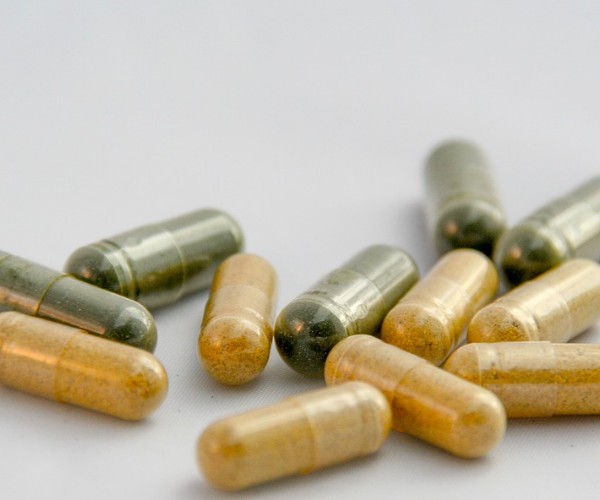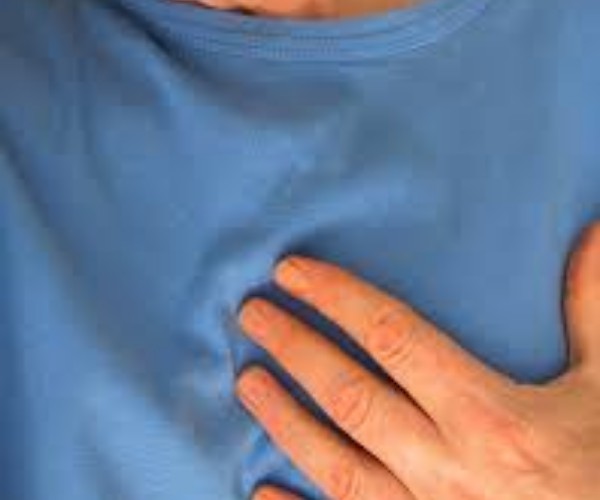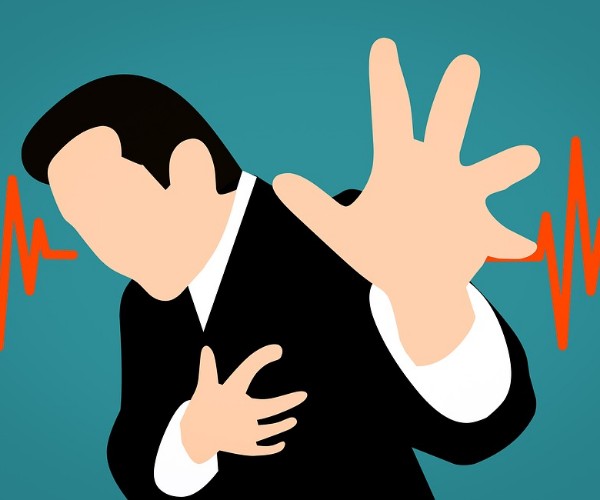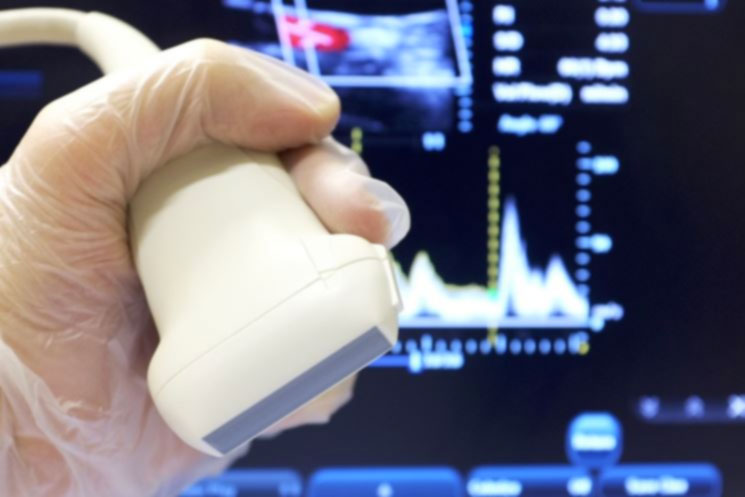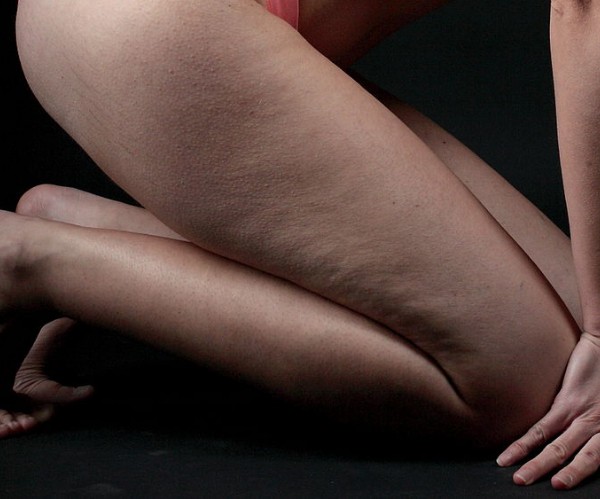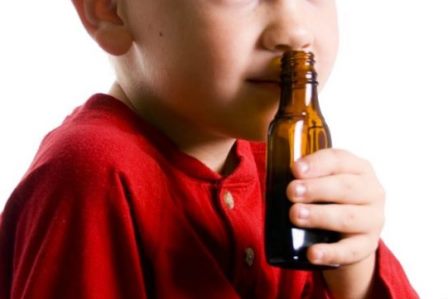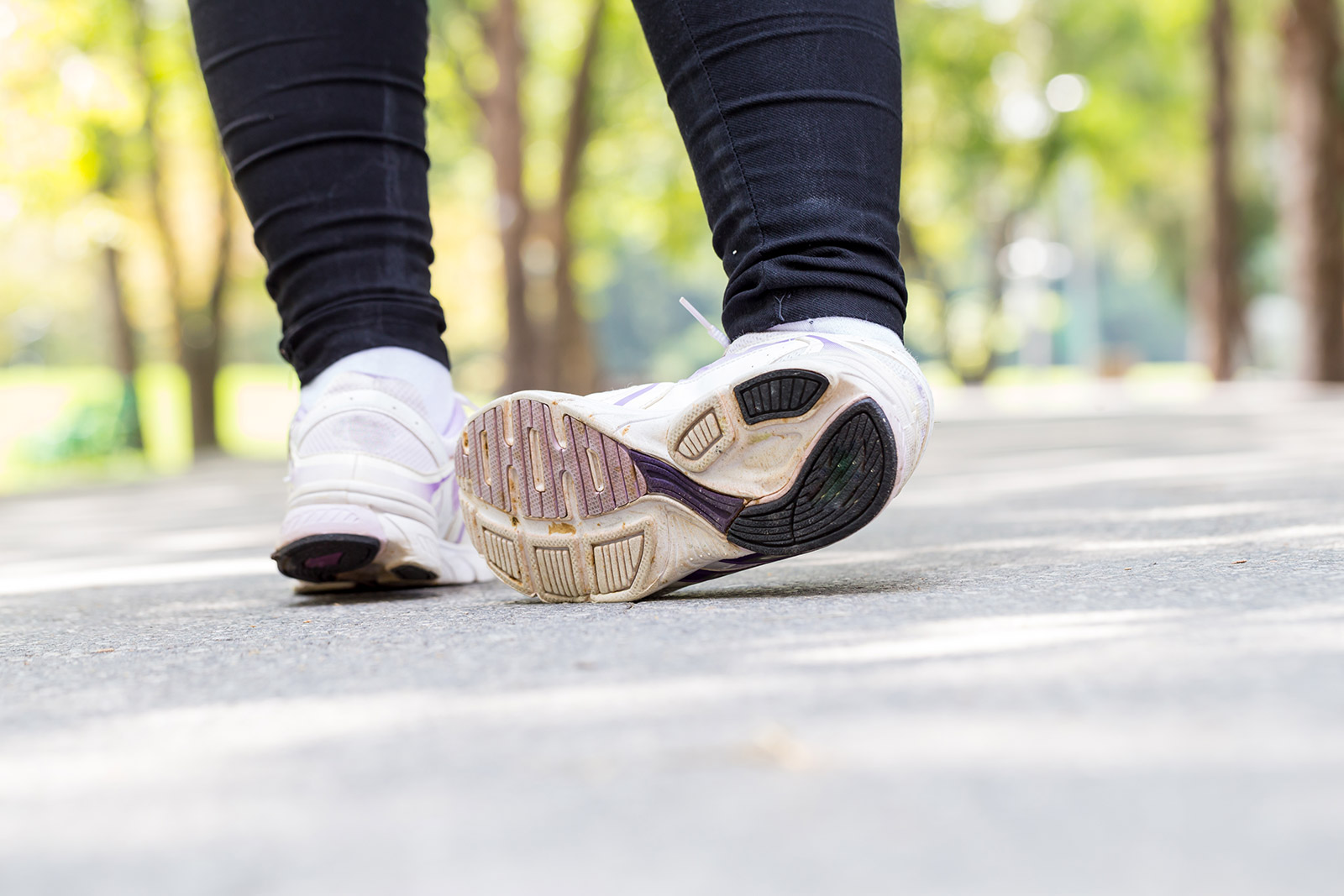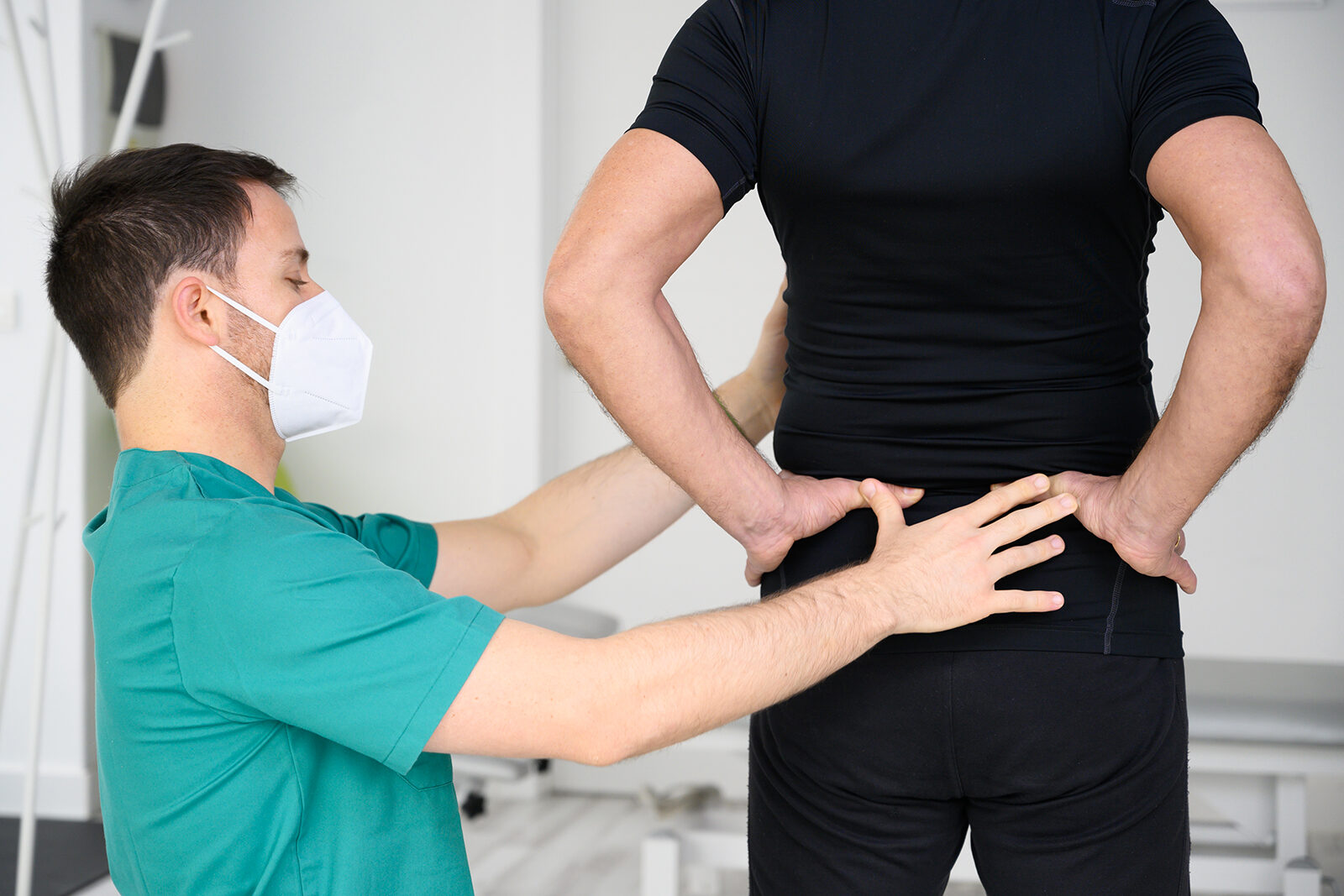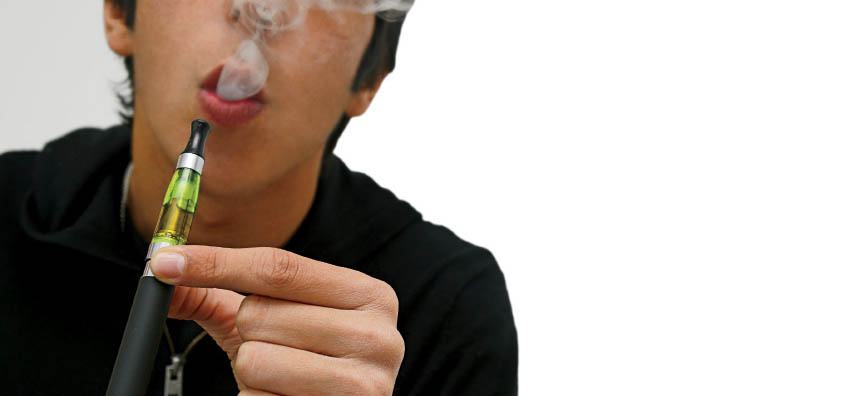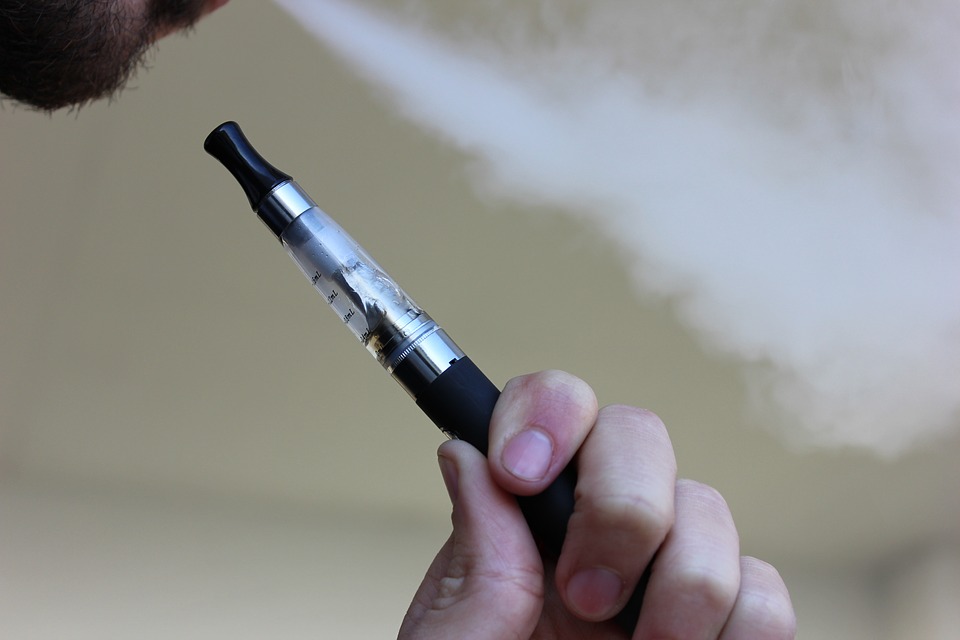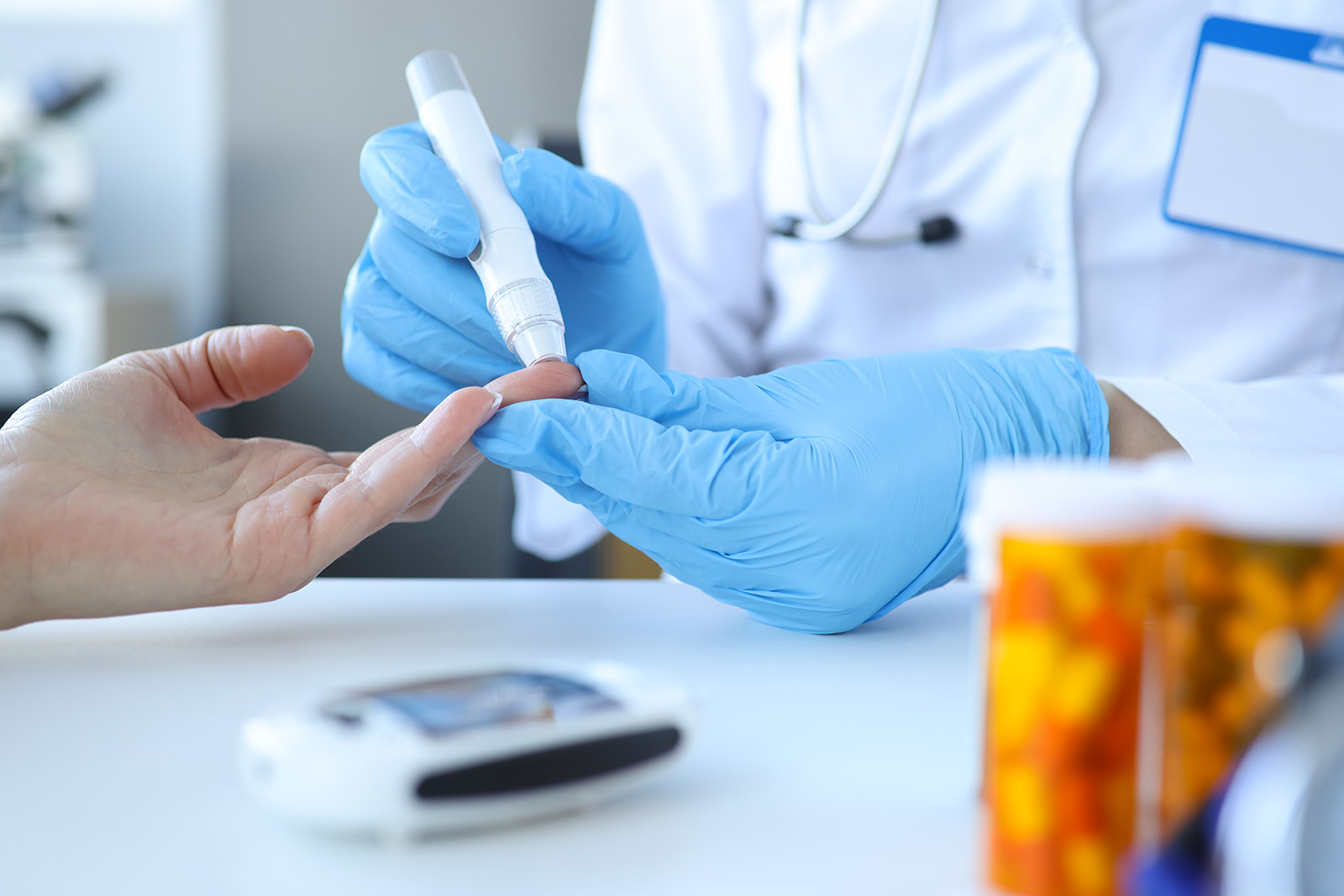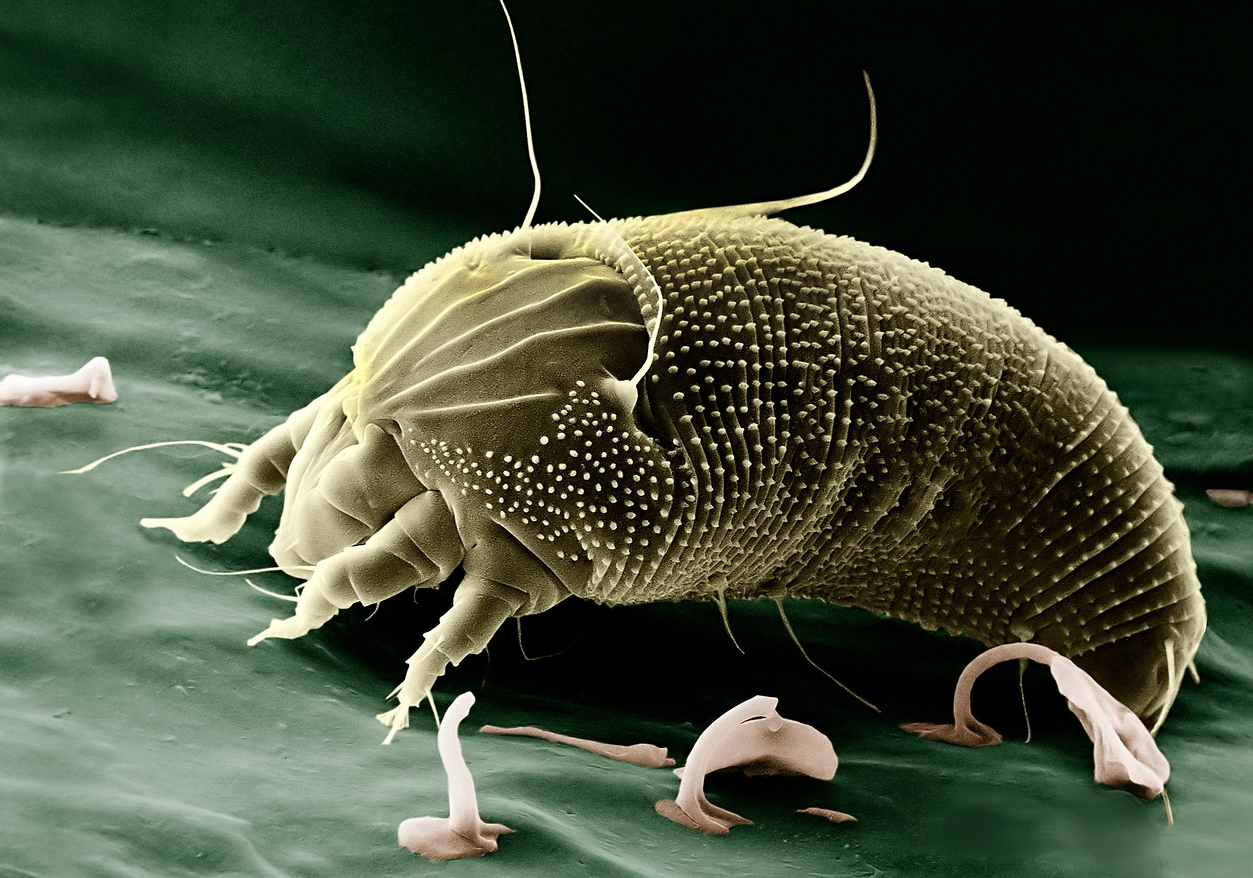A muscle cramp can come suddenly, such as during a run, and it does not announce itself with any kind of sign. At most you may realize it is coming very late, when the muscle is already contracting or overlapping.
It may affect the leg, thigh, or even a foot or hand, sometimes the area between the neck and shoulder, forcing the affected person to assume various awkward postures that belatedly simulate an attempt to stretch to reset the rebellious muscle.
Possible causes include a condition of dehydration in which fluids and electrolytes needed by muscle bundles are in short supply.
Some medications, such as statins, drugs to curb cholesterol levels, and diuretics, which are useful in expelling excess fluids.
These drugs can cause widespread cramping as a side effect.
Poor circulation may also be responsible because of insufficient blood flow, especially if cramps occur during a walk. In some cases cramps can occur either as a consequence of poor motor activity or as a condition of advanced age.
Possible cause of cramping is excessive exercise. Constant physical activity is good for you and serves to stay fit, but without overdoing it, especially if you are not yet exercising. Too much exercise, too much running, and in a short time can strain unaccustomed muscles that contract to the point of cramping. Better to slow down and allow the muscles a gradual strengthening so as to avoid contractions.
Another cause, in women, may be the menstrual cycle, as a result of which cramping may occur due to hormone-induced muscle stiffness.
Children can also get cramps, especially in the legs, as a growth phenomenon, or even from intense physical activity.
To prevent cramps and to treat them when they come, it is a good idea to warm up the muscles before doing the exercises, and also to stretch after doing them.
Stretching the muscle, the bundles of fibers that make it up, intervening with a relaxing massage prevents the strain and contraction that generates cramp.
Diet plays an important role in preventing cramps by supplying electrolytes , that is, various minerals that serve to keep the body’s muscles fit and well-functioning . So do not let your diet lack fruits and vegetables for proper nutritional intake to help prevent muscle contractions.
Usually cramps disappear by following a few practical rules, but when they persist and become recurrent, best to talk to your doctor as they could also be a symptom of more specific conditions.



